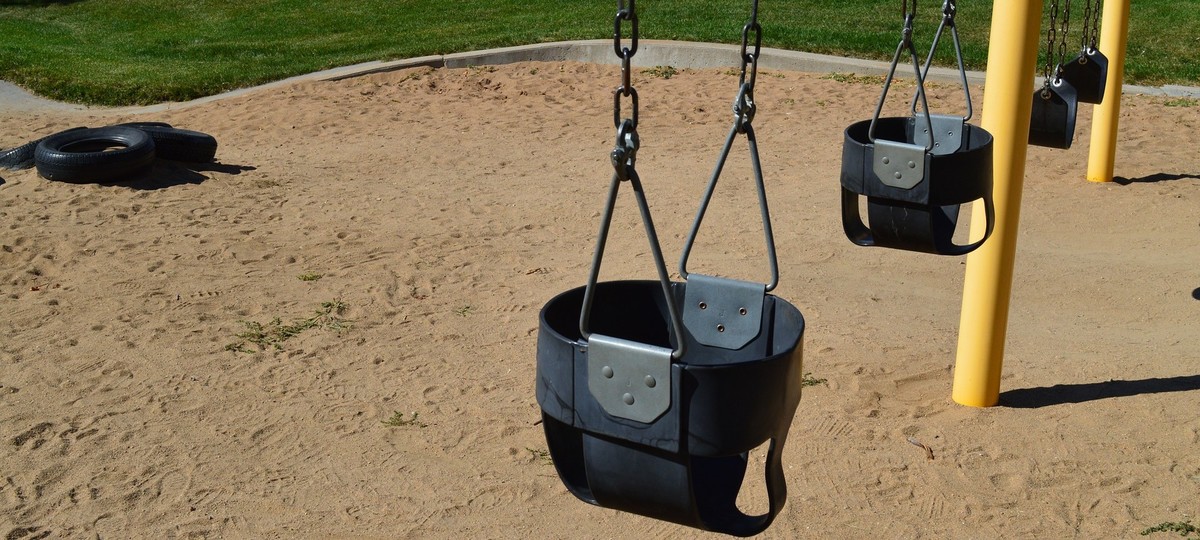
Oh, please — that school misinterpreted the state's new early childhood mandates, says Rachael Brown-Kendall, Quality Rating and Improvement System administrator in Washington's Department of Children, Youth, and Families.
"I love swings," says Brown-Kendall. "Children in child care should be swinging. There is no time limit on swings, if they're actively swinging."
Brown-Kendall suspects that the center didn't understand that kids can swing as much as they want, as long as infants are not left unattended in bucket swings.
Yet Erin Hart, the school's superintendent, sent me the results of a mock investigation done using the state's new regulations, on which the school had received a "low range" rating on its play schedule. The reason for this, the inspector wrote, was that she observed one child, between the ages of 1 and 2, "contained in the swing outside for 15 minutes, plus she was held multiple times, which limited her access to materials."
It's not that the girl was left unattended in the swing. She wasn't. "Contained" simply means that she was in the swing. The regulations were written to ensure that kids get a wide variety of play experiences throughout the day, and if a child is "contained" too long — even in a swing — that means the child isn't playing with other materials. The fear is that the kids won't be stimulated enough if they aren't able to access different toys and activities throughout the day.
And when the child was "held multiple times," this was also "contained time." More demerits. Cuddling was treated like time spent ignored in a crib like a Romanian orphan. At least, that's how the inspector interpreted the rules.
The inspector also observed that one of the toys was a Beanie Baby with "beady eyes." A no-no. And the inspector noted that "there was not a set of blocks that measure 2x2."
Speaking of size, the inspector found another egregious infraction. By regulation, cribs are supposed to be 3 feet apart, but when measured, the distances between the cribs at this center were as follows: "41 inches, 36.5 inches, 39 inches, 34 inches, and 38 inches." That the cribs were 2 inches too close earned the center another low mark.
And at lunch? Not all the highchairs had a footrest. "There can't be any dangly feet" in a highchair, the inspector wrote.
In order to receive government subsidies, centers must past with an overall rating of at least three out of five. Brown-Kendall says the regulations are designed to ensure that "children have access to developmentally appropriate, engaging materials" and have "adults who are supporting them in engaging activities throughout the day." These are great goals I enthusiastically share.
But they cannot be achieved via second-by-second, inch-by-inch regulations.
Now, obviously, it's quite possible that another inspector will take a less rigid view of what constitutes stimulation, wasted time, good toys and loving care. That next person may not even use a stopwatch to time all adult-baby interactions. But it's also possible the next one will be even more obtuse.
Observing whether a child care center feels warm, homey, clean and stimulating makes more sense than measuring the inches between backpack hooks, says Philip Howard, author of the new book "Try Common Sense." The problem, he says, is that "there's no 'correct' way of playing or raising a child. Overbearing and mindless bureaucracy causes people to fail and rebel."
Some may start tearing out their hair — or their swing sets.


 Contact The Editor
Contact The Editor
 Articles By This Author
Articles By This Author